测试人员如何利用好Jenkins集成
# 集成 Jenkins,一个开源的持续集成(Continuous Integration)工具,它可以帮助开发团队自动化构建、测试和部署应用程序。
Jenkins构建-关于接口自动化及测试管理
Jenkins的作用不用我多说大家都知道,部署环境、定时跑任务。那在测试工作的环节上就免不了跟测试自动化挂钩上。
下面我将从两方面介绍Jenkins在刷新和完善我的测试知识体系中的举足轻重的作用。
1、接口自动化
之前我介绍到jmeter自动化脚本的编写。 写完呢,每次测试的时候都大费周章的打开jmeter,然后一线程一线程的执行,然后再去根据结果树,一个一个的查看结果、分析。如果领导需要一份测试报告,还要费尽脑汁的重立框架、组织语言去总结输出文档。NoNoNo 这绝不是一个成熟的测试工程师的工作样本。以始为终,为降本增效,我们就需要利用到Jenkins了。 - 创建源码仓库 首先,把我们编写的脚本上传到代码仓库。日常工作中我们用到的是GitLab
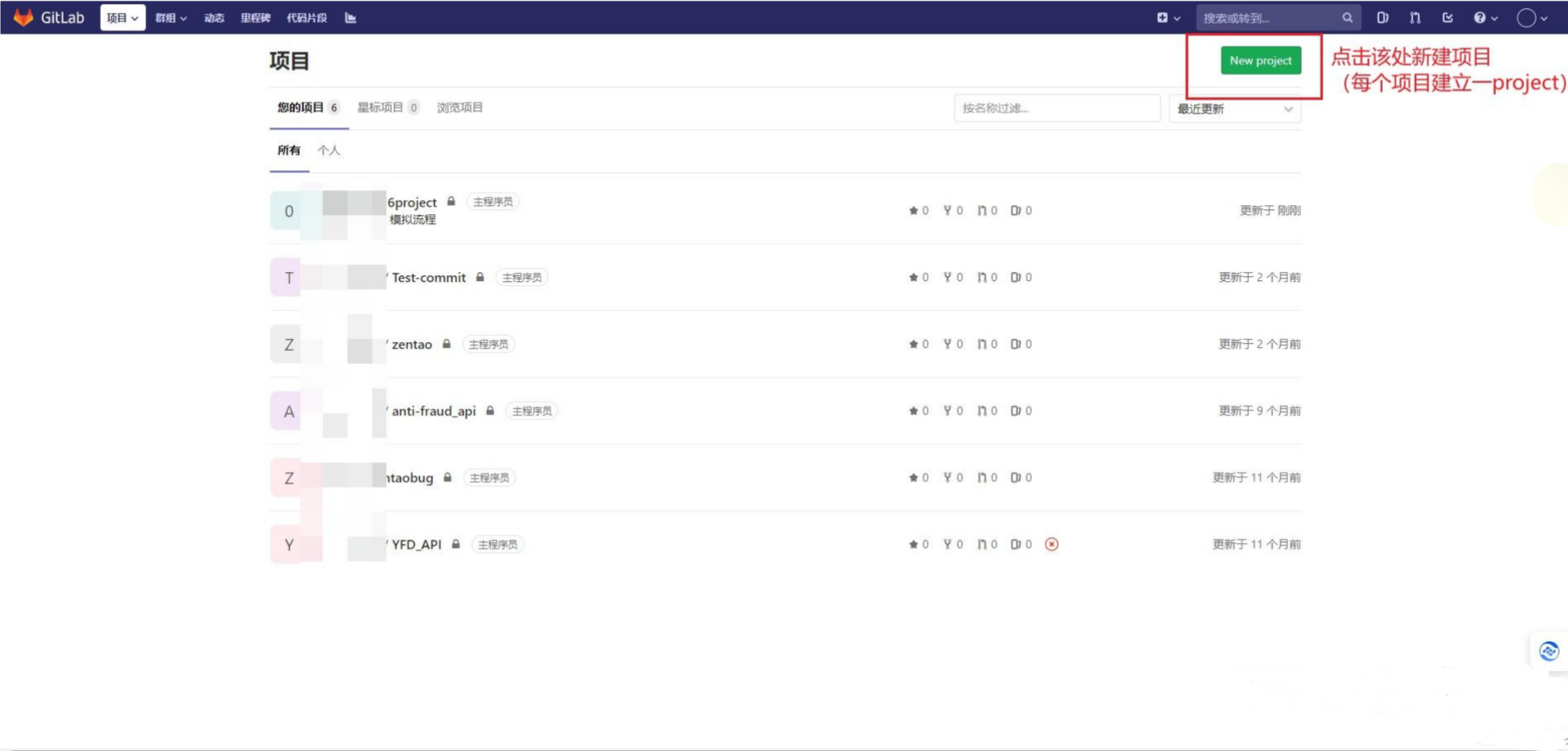
 ?
?
- 利用pycharm push代码
 ?
?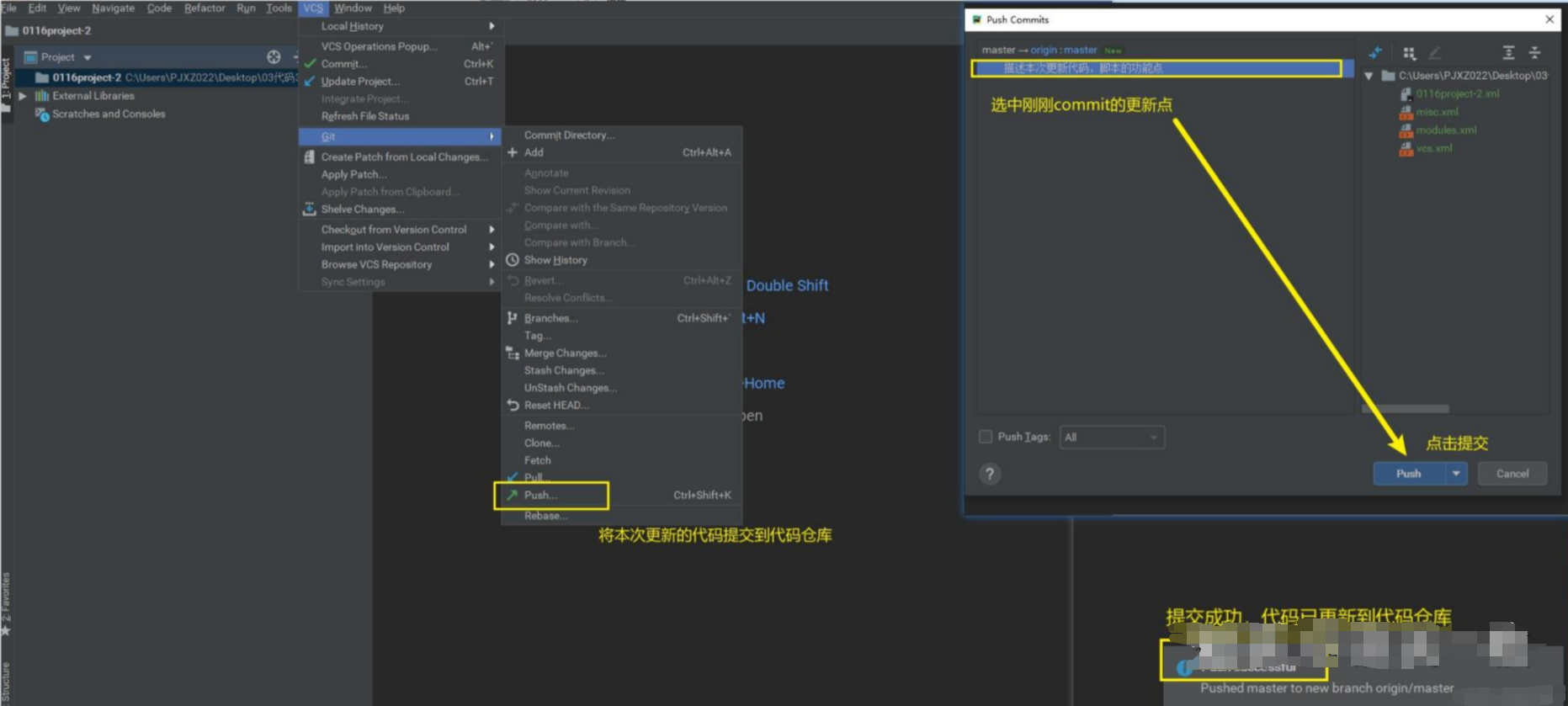
源码管理
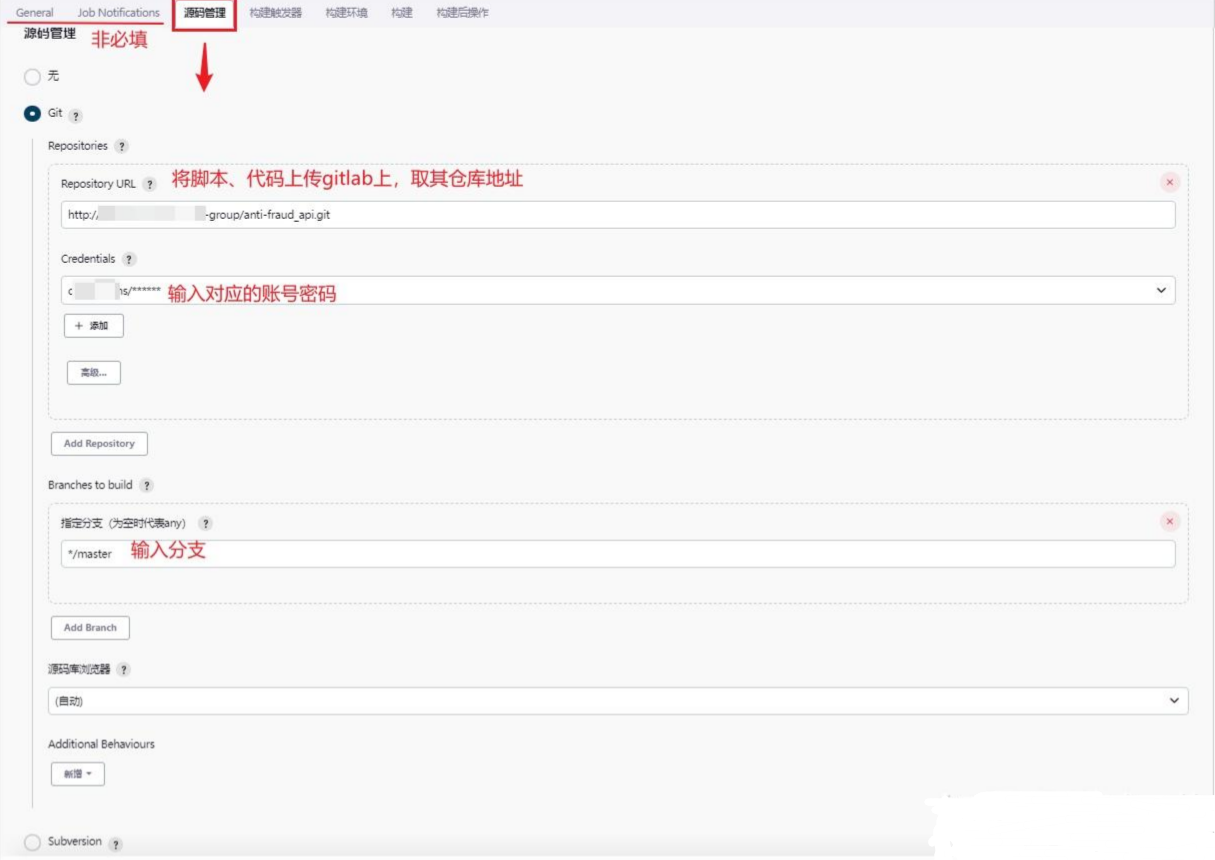
?构建触发器

构建
 ?
?
构建后操作
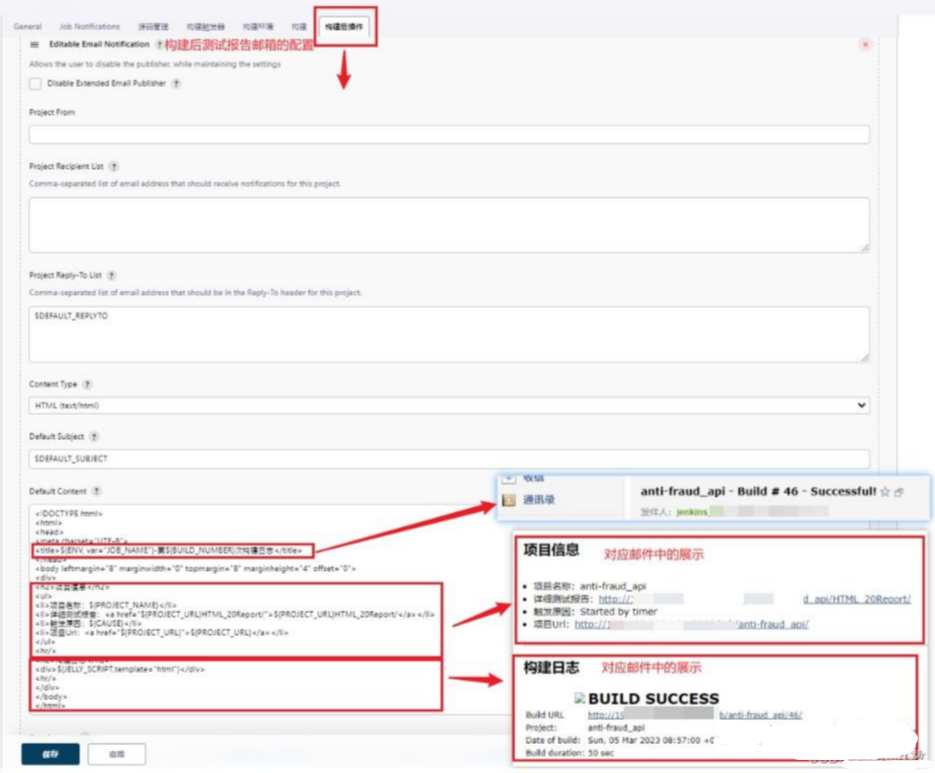
接口自动化构建后操作-测试数据分析结果告知项目组?

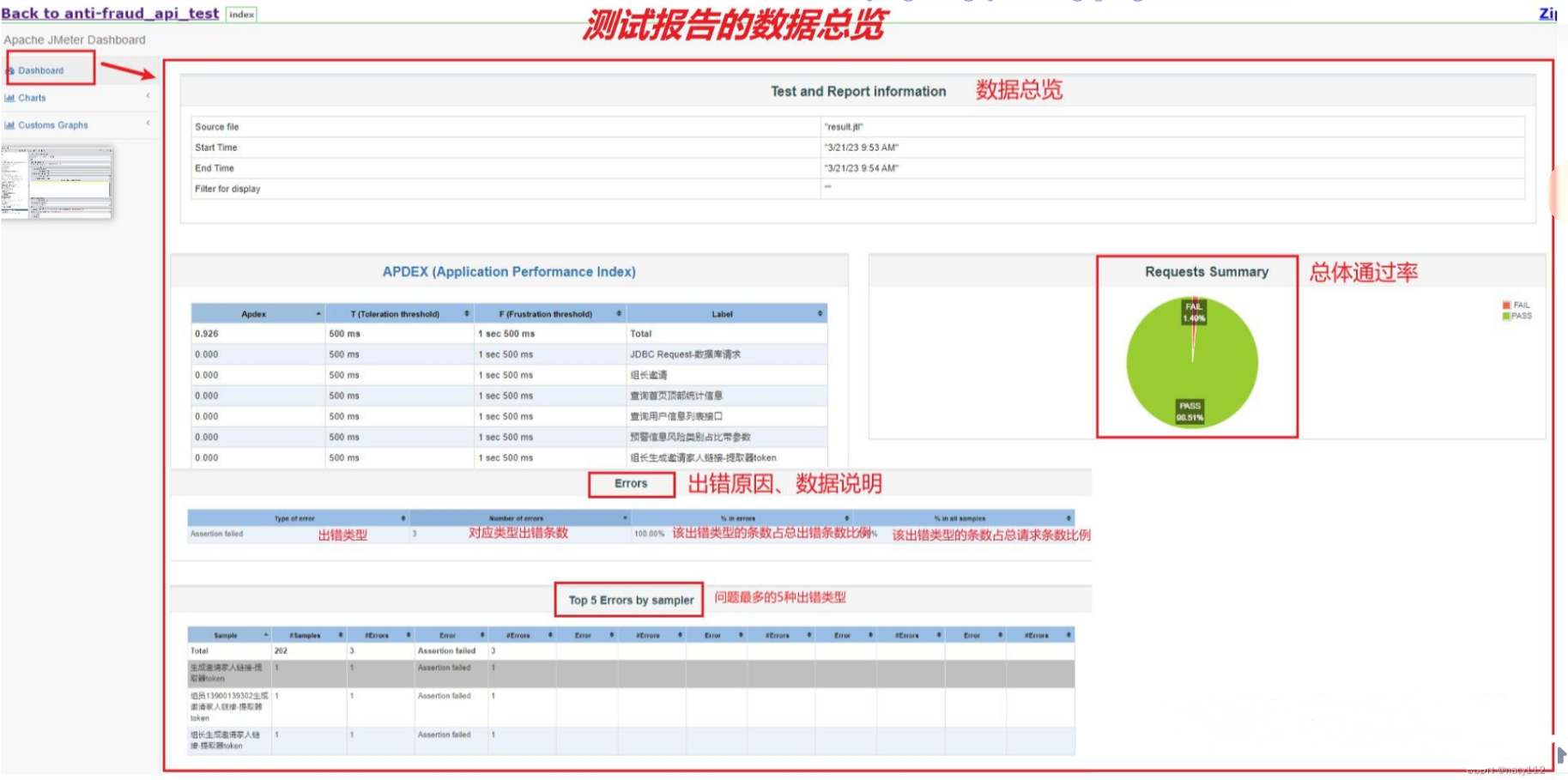 ?
?
2、自动化管理禅道
某天老板叫我到办公室,严肃地问了我一个问题:你觉得目前的开发人中,谁的水平最高,工作效率最快。好家伙,这不能妥妥得罪人的问题么,这开发老师我们平时可是放在手心上哄的呀。这锅我不能背,那就让数据说话吧。于是乎,我想到禅道,禅道可是妥妥记录开发在测试员的整个‘成长历史’:模块开发时长、开发产生bug数、bug修复时长、bug激活次数、bug的遗留个数等等。我反手就打开我的pycharm,整了以下关于禅道的sql语句,统计出我要的数据,通过python的整理,以htlml的格式将数据每日定时发送至钉钉群,方便老板以及各部门领导更好的每日观察各位开发的工作情况。
具体统计sql语句代码如下
def bug_total(self, cursor, now,begin_day,total_day):
"""
最近总的BUG情况统计统计
:param: day 根据输入天数
:return:
"""
# 新增bug数
new_near_bug_sql = """SELECT COUNT(*) as new_near_bug from zt_bug where openedDate between "%s" and "%s" and deleted='0';""" % (begin_day, now)
cursor.execute(new_near_bug_sql)
new_near_bug = cursor.fetchone()
# print("新增bug数")
# print(new_near_bug)
# 已解决bug数
close_bug_sql = """SELECT COUNT(*) as close_bug from zt_bug where status = "closed" and openedDate between "%s" and "%s" and deleted='0';""" % (begin_day, now)#"%s"表示这里将被替换成一个新的字符串,依次为recent_sevenday, now
cursor.execute(close_bug_sql)
close_bug = cursor.fetchone()
# print("已解决bug数")
# print(close_bug)
# 未解决bug数
open_bug_sql = """SELECT COUNT(*) as open_bug from zt_bug where status = "active" and openedDate between "%s" and "%s" and deleted='0';""" % (begin_day, now)
cursor.execute(open_bug_sql)
open_bug = cursor.fetchone()
# print("没解决bug数",)
# print(open_bug)
# 已解决待验证bug数
close_unbug_sql = """SELECT COUNT(*) as close_unbug from zt_bug where status = "resolved" and openedDate between "%s" and "%s" and deleted='0';""" % (begin_day, now)
cursor.execute(close_unbug_sql)
close_unbug = cursor.fetchone()
# print("已解决待验证bug数", )
# print(close_unbug)
#研发人员发生bug数排行。
dev_bug_sql = """SELECT COUNT(*) num,realname FROM zt_bug b INNER JOIN zt_user u ON u.account = b.resolvedBy
WHERE DATE_FORMAT(b.openedDate, '%%Y-%%m-%%d') between '%s' and '%s'
AND u.deleted='0' AND u.role='dev'
GROUP BY b.resolvedBy ORDER BY num DESC;""" % (total_day, now)
cursor.execute(dev_bug_sql)
dev_bug = cursor.fetchall()
print("研发人员发生bug数降序排行", )
# print(dev_bug)
add_str_dev_bug = '' # 空字符串
#让降序排行一行一人
for _tuple in dev_bug:
a = ' \n \n {0}'.format(
_tuple)
add_str_dev_bug += str(a)
#研发人员发生bug激活数排行。
activation_bug_sql = """SELECT SUM(激活次数) 激活次数,中文姓名 FROM (SELECT b.id,COUNT(*) 激活次数,u.realname 中文姓名 FROM
zt_bug b INNER JOIN zt_action a ON a.objectID = b.id INNER JOIN zt_user u ON u.account = b.resolvedBy
WHERE DATE_FORMAT(b.openedDate, '%%Y-%%m-%%d') between "%s" and "%s" AND a.objectType = 'bug' AND a.action = 'activated'
AND u.deleted='0' and u.role='dev'
GROUP BY b.id ORDER BY 激活次数 DESC) tem GROUP BY tem.中文姓名 ORDER BY 激活次数 DESC;""" % (total_day, now)
cursor.execute(activation_bug_sql)
activation_bug = cursor.fetchall()
print("研发人员BUG被激活次数(非一次性修复)", )
print(activation_bug)
add_str_activation_bug = '' # 空字符串
#让降序排行一行一人
for _tuple in activation_bug:
a = ' \n \n {0}'.format(
_tuple)
#(Decimal('19')中的(Decimal('')去掉
a = re.sub('[(Decimal('')]', '', a)
# print(a)
add_str_activation_bug += str(a)
# print("拆开元组,研发人员BUG被激活次数(非一次性修复)", )
# print(add_str_activation_bug)
# 提BUG、指派、转派【已解决待验证】、改BUG,=====================\n\n研发人员BUG被激活次数(非一次性修复):{5}\n\n
statistics_bug = "本年度新增bug总情况({6}~{7}) \n\n 新增BUG数:{0} \n\n 未关闭BUG数:{1} \n\n 已关闭BUG数:{2} \n\n 已解决待验证BUG数:{3}\n\n =====================\n\n研发人员今年(2023)BUG数倒序:\n\n{4}\n\n =====================\n\n研发人员今年BUG被激活次数(非一次性修复):\n\n{5}\n\n".format(
new_near_bug[0], open_bug[0], close_bug[0], close_unbug[0], add_str_dev_bug, add_str_activation_bug, total_day, now)
# print("bug的统计汇总:"+statistics_bug)
return statistics_bug具体关联钉钉代码
import datetime
from dingtalkchatbot.chatbot import DingtalkChatbot, FeedLink
class ding_talk():
def send_bug(self,url, data_file,sign_mark):#设置发送的信息样式
'''
:param url: 钉钉机器人的webhook
:param data_file: 查看详情中的markdown信息
:param sign_mark: 用户而可以自定义字段为本周、还是本月的禅道BUG情况统计
:return:
'''
xiaoding = DingtalkChatbot(url)
# Markdown消息@所有人
now = datetime.datetime.now().strftime("%Y%m%d")
# print("当前时间:"+str(now))
# 含html
xiaoding.send_markdown(title='BUG统计%s' % (now),
text='**禅道BUG情况统计**\n\n 各位同事,以下是禅道BUG情况统计。统计结果供各组组长参考,烦请做好督促,尽快处理bug!\n\n=====================\n\n {0} \n\n[查看历史遗留bug详情](http://192.168.100.135:9080/test/bugdetail.html) \n'.format(
data_file,now), is_at_all=False)
data_file, now), is_at_all=False)
def bug_html2(self, lis, html_file):
"""
对查询bug明细转html文件
:param lis
:param html_file
"""
"""
对查询bug明细转html文件
:param lis
:param html_file
"""
conten_title = []
for key in ( "项目名称","开始", "结束","姓名", "bug标题", "bug_id"):
conten_title.append(key)
a = "</th><th>".join(conten_title)
con_title = "<tr><th>" + a + "</th></tr>"
conten_val = ""
con = ""
# lis_arr = lis.fetchall()
for i in range(0, len(lis)):
for index, v in enumerate(lis[i]):
if index == 0:
# 20231114修复字符串拼接
conten_val = "<tr><td>" + str(lis[i][index]) + "</td><td>"
# conten_val = "<tr><td>" + lis[i][index] + "</td><td>"
con = con + conten_val
continue
con = con + str(lis[i][index]) + "</td><td>"
con = con[0:-2] + "r>"
con = con + "\n"
head = """<meta charset="utf-8">
<style type="text/css">
table.tftable {font-size:12px;color:#333333;width:100%;border-width: 1px;border-color: #9dcc7a;border-collapse: collapse;}
table.tftable th {font-size:12px;background-color:#abd28e;border-width: 1px;padding: 8px;border-style: solid;border-color: #9dcc7a;text-align:left;}
table.tftable tr {background-color:#ffffff;}
table.tftable td {font-size:12px;border-width: 1px;padding: 8px;border-style: solid;border-color: #9dcc7a;}
</style>\n<table id="tfhover" class="tftable" border="1">\n"""
last = "</table>"
htm = head + con_title + con + last
with open(html_file, "w+", encoding="utf-8") as f:
f.write(htm)bug统计的Jenkins项目配置截图


 ?
?
具体实现情况如下

?现在我也找了很多测试的朋友,做了一个分享技术的交流群,共享了很多我们收集的技术文档和视频教程。
如果你不想再体验自学时找不到资源,没人解答问题,坚持几天便放弃的感受
可以加入我们一起交流。而且还有很多在自动化,性能,安全,测试开发等等方面有一定建树的技术大牛
分享他们的经验,还会分享很多直播讲座和技术沙龙
可以免费学习!划重点!开源的!!!
qq群号:485187702【暗号:csdn11】最后感谢每一个认真阅读我文章的人,看着粉丝一路的上涨和关注,礼尚往来总是要有的,虽然不是什么很值钱的东西,如果你用得到的话可以直接拿走!?希望能帮助到你!【100%无套路免费领取】
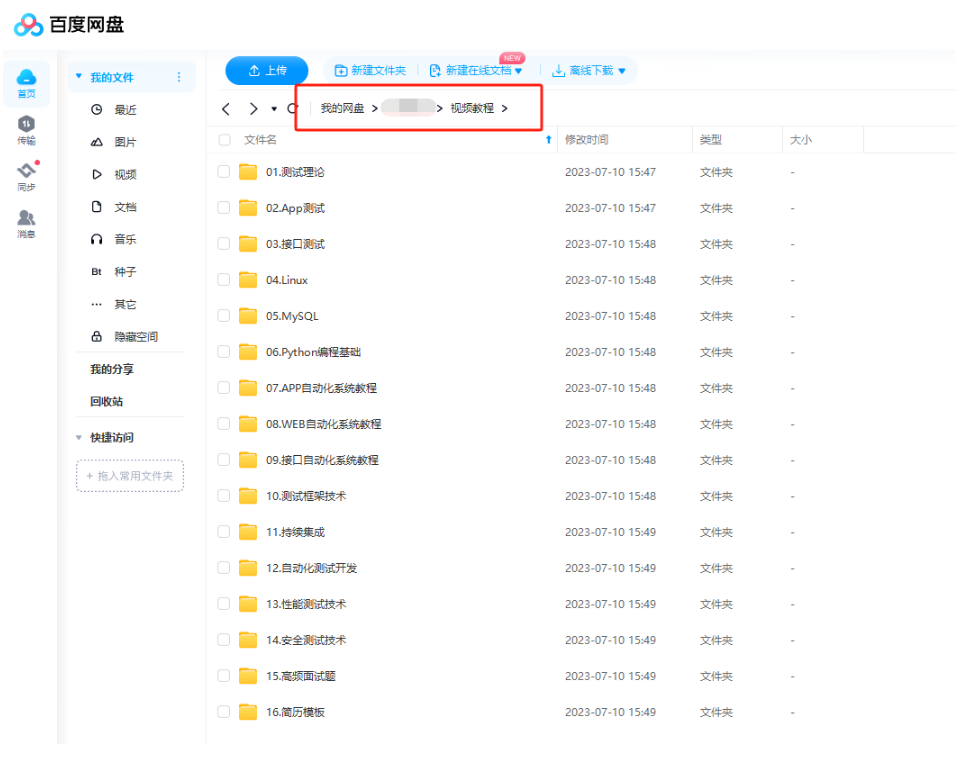

本文来自互联网用户投稿,该文观点仅代表作者本人,不代表本站立场。本站仅提供信息存储空间服务,不拥有所有权,不承担相关法律责任。 如若内容造成侵权/违法违规/事实不符,请联系我的编程经验分享网邮箱:chenni525@qq.com进行投诉反馈,一经查实,立即删除!